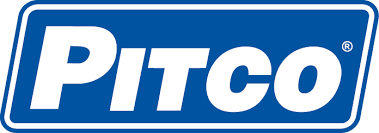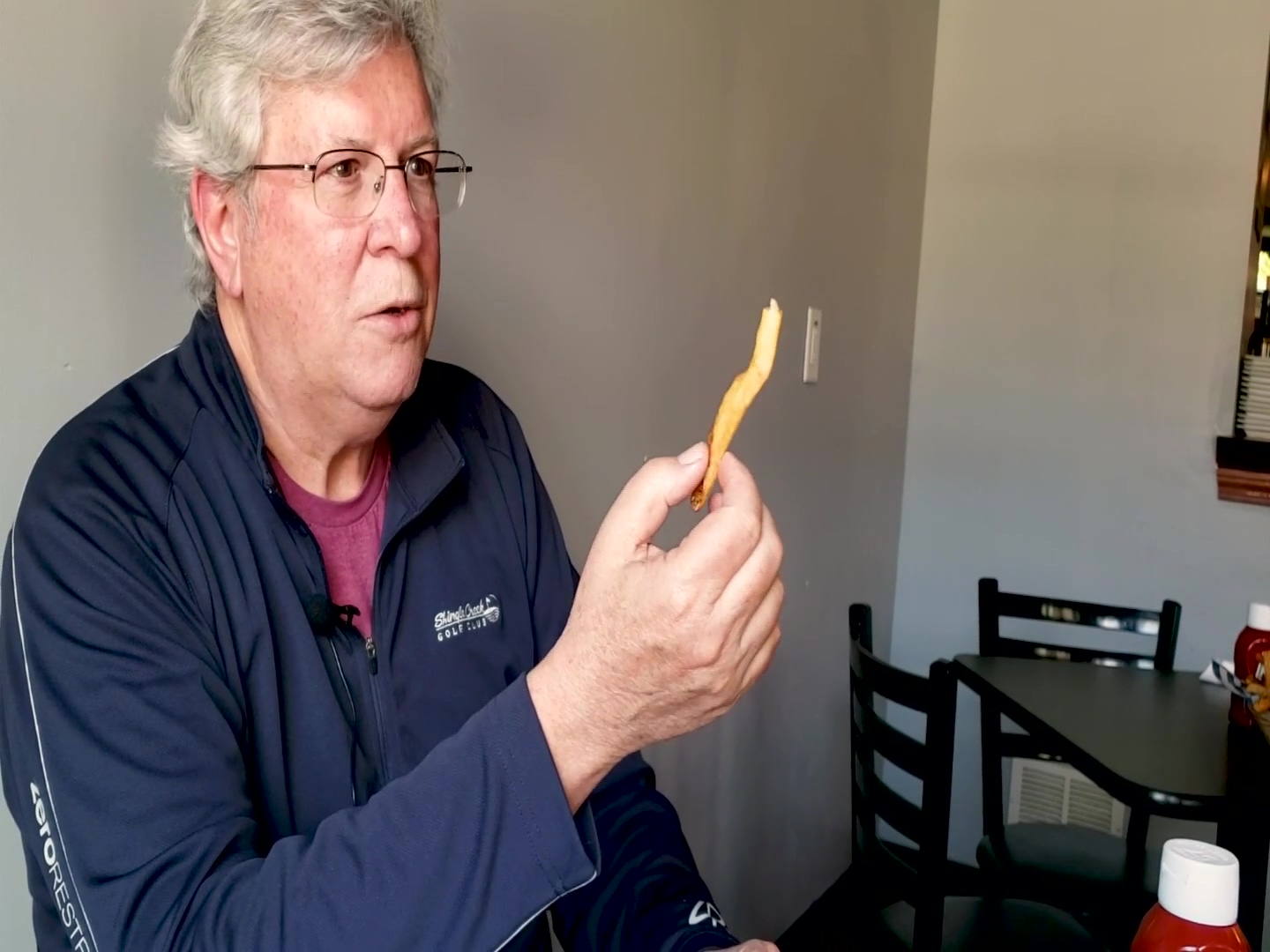

Pitco is the golden ticket to the Gold Standard fry.
Roughly 25% of plates that leave a restaurant’s kitchen have French fries. Think about that — one out of every four dishes includes America’s favorite side, so getting it right can mean the difference between creating the Gold Standard or losing customers.
Here at Pitco, we don’t just make fryers, we help operators make the perfect fry. We also know there are differing opinions as to what is perfect, but isn’t that what makes French fries so much fun? Straight or curly? Thin or thick? Seasoned or not? Waffle or tot? While the styles may different, what we can all agree on is that the quality of those styles is what’s important. Whether it’s a seasoned Cajun fry or a classic shoestring, we all want to achieve the Gold Standard, whether we’re eating fries or cooking them.
How do you achieve the Gold Standard? Start with the golden ticket — a Pitco Fryer. The deep fryer used to make our favorite fries matters. And it matters A LOT. Pitco has been around long enough to know what goes into ensuring your customers grab the perfect French fry each time they reach into their bag or on their plate.
The ideal fryer for French fries optimizes quality, consistency, crispiness, and flavor. So when it comes time to choose a fryer for the perfect French fry – it starts and ends with Pitco.
This page is designed to be the ultimate Frenc fry resource, allowing operators to achieve the Gold Standard in fry success. Read on for frying tips, the latest French fry trends, equipment solutions for making and serving fries, and some ideas from some of the country’s top chefs on how to deliver the Golden Standard in your own operation.

How to Make the Perfect French Fries
French Fry History and Trends
 They’re called French fries, but they began in Belgium? Is that why you can get them in waffle shapes? What about all these new toppings the Canadians use? Yes, there are a lot of variables to the Gold Standard French fry, so let’s dig into the trends and timelines.
They’re called French fries, but they began in Belgium? Is that why you can get them in waffle shapes? What about all these new toppings the Canadians use? Yes, there are a lot of variables to the Gold Standard French fry, so let’s dig into the trends and timelines.
Related Content
- A Brief History of Fries as the Ultimate Side
- A Quick Primer on the Variations of French Fries
- Expanding Menus with Creative French Fry Dishes
Fry Program Efficiency and Profitability
 Because fries are so popular, that often means they’re cooked and produced in high volumes. Let’s dig into some of the basics of creating a Gold Standard Fry program that’s efficient, ensures high quality, and is ultimately profitable for foodservice operators.
Because fries are so popular, that often means they’re cooked and produced in high volumes. Let’s dig into some of the basics of creating a Gold Standard Fry program that’s efficient, ensures high quality, and is ultimately profitable for foodservice operators.
Related Content
- The Keys to the Perfect Hand-Cut Fries
- Try Blanching for the Perfect French Fry
- 5 Tips for Serving Better French Fries from Pitco
- The Ultimate Guide to Expanding Your French Fry Program
- Fry One Thing, Fry it Well — Unleashing Profitability with Pitco Fryers
- A Brief Equipment Guide for a Profitable French Fry Program
The Role of French Fry Oil
 When people think of the Gold Standard French Fry, the first ingredient that comes to mind is probably the potato. The reality, though, is frying oil is just as critical. Oil should be maintained to preserve the highest possible quality, and the right fryer can play a huge role in making that process easier.
When people think of the Gold Standard French Fry, the first ingredient that comes to mind is probably the potato. The reality, though, is frying oil is just as critical. Oil should be maintained to preserve the highest possible quality, and the right fryer can play a huge role in making that process easier.
Related Content

 WHAT IS THE GOLD STANDARD FRENCH FRY?
WHAT IS THE GOLD STANDARD FRENCH FRY?

